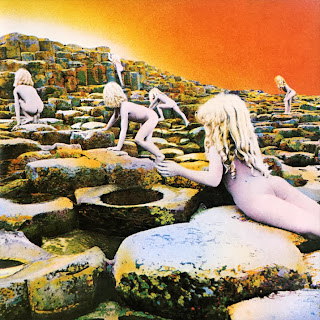Well that has all changed
now and I have fallen back in love with the mastery and mystery that comes with
great jazz music and the players who make it. In the last twelve months or so
three great jazz musicians in particular have enthralled me and represent some
of the best music I have ever heard. Dave Brubeck, John Coltrane, and Miles
Davis have captivated me significantly and in particular the albums Time Out (Brubeck), Blue Train (Coltrane), and Kind
of Blue (Davis), all of them jazz classics and some of the best albums of
all time. Davis
To me these people and
their compositional abilities, not to mention their abilities on their
instruments are the jazz equivalents of Mozart, Bach, and Beethoven. Much like
those composers were geniuses in their time, the likes of Davis and Coltrane
are the musical geniuses of the 20th century and had they been
around alongside the greats of classical music they would have been right up
there with those greats. In many ways jazz is very similar to classical music
in that it can be highly sophisticated musically, structurally complex, while
the emphasis on composition is at the centre of the jazz process. Not just
anyone can compose and play jazz, while the great jazz players are set apart from
their peers because of their un-matched genius musically much like the Bach’s
of this world.
So what is it about this
music and in particular these albums that makes it so amazing. Well for me this
music has beauty, beauty in the way the pieces are carefully crafted and
constructed with great attention to the smallest details like most great art
is. This music is calming and has the ability to relax you completely after a
few seconds, helping also to eliminate the stresses of life in one listen. This
music has mystery and intrigue in that when you listen to a great Miles Davis
track such as “So What”, or Coltrane’s version of “I’m Old Fashioned” you
don’t know where it is going to go next and what direction it will head in.
Dave Brubeck’s “Blue Rondo a la Turk” starts as a fast paced Middle-Eastern
styled piano flourish before developing into a downbeat cool jazz number. It’s
this intrigue which makes you want to listen and helps to draw you in even if
the piece itself is seventeen minutes long. Finally, for me what makes this
music amazing is the strong emphasis placed on improvisation and how jazz
players are encouraged to play up a storm and showcase their skill and mastery
of their instrument. Players like Coltrane in particular have this incredible
ability to freestyle, an ability that is based on intuition, feeling and skill
of which the results are incredible and make listening to jazz just that more
interesting.
I’m glad I came back to
jazz all these years later and I am now probably more into jazz than I ever
have been. The great thing about jazz is that anybody can listen to it and get
some appreciation out of what they hear. It transcends all ages and all musical
tastes, while the enjoyment one can get out of jazz music shouldn’t be restricted
by misguided views that its music for old people, or high brow in nature. Jazz
is one of the best musical styles and can be enjoyed at all times irrespective
of the mood, whether one is feeling down or up. It draws you in and once you’re
hooked it becomes very difficult to escape its hold. I tried to but failed and
I have a feeling now that that hold will not relinquish any time soon.
- Sam





